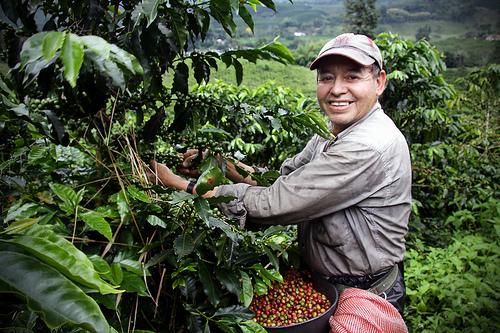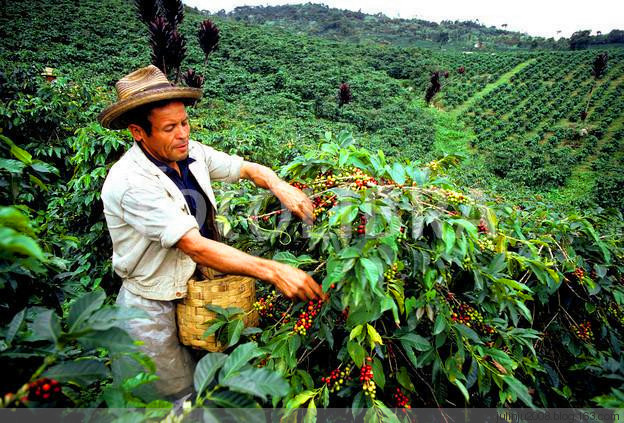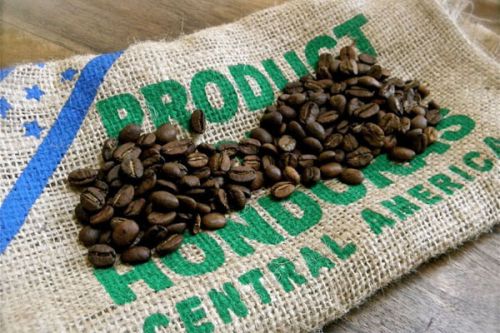Where can I buy cheap coffee or coffee beans? Costa Rica Tarazu Diamond Villa Park Card
If you prefer not to spend too much money, learning to choose coffee beans is the first and most important step. If you want to make a good cup of coffee, in addition to your own technology, the most important thing is how to select high-quality coffee beans and how to better preserve them.
Here, I would like to make a few suggestions: when buying coffee, it is best to buy coffee beans rather than ground coffee powder. although they are all the same in essence, the actual situation is that the ground coffee powder is very easy to oxidize and is not easy to be preserved, even if the coffee powder that seems to be preserved for a long time is actually added with a lot of preservatives. This will greatly affect the taste of the later brewed coffee, so if you want to make a good cup of coffee, the best and most correct thing to do is to grind the coffee on the spot before brewing it. Only in this way can you keep the coffee mellow and taste to the greatest extent. Ordinary coffee beans can be preserved for about a month or so, but if it is coffee powder, it should not exceed five days at most.
Country: Costa Rica
Grade: SHB
Producing area: Tarazhu
Producer: Tarazhu local small farmers
Treatment: washing
Variety: Kaddura, Kaduai
Manor: Diamond Hill Manor
Flavor: soft orange notes, toast, caramel cocoa sweet
The taste is clean
Costa Rican coffee plants were imported from Cuba in 1779 and exported for the first time in 1820. There are now about 32000 coffee farmers, with an average of less than 10000 yuan per farmer. Costa Rica has a population of 410 million (2006), an active coffee planting area of 82500 hectares, an annual output of 1.7 million bags (per bag of 60kgs), and an annual consumption of 38 bags in the country, with an average annual consumption of 5.5kgs per person, which is higher than that of Japan (4kgs). At present, the average Taiwanese is only slightly higher than 1kg. Costa Rica is the first country where coffee was first introduced into Central America. It has a long history. The coffee organization is self-produced and the marketing system is complete. Because there are many volcanoes in China and the United States, and there are light and natural weather of the land, the coffee produced has the characteristics of micro-climate conditions in the Pacific and Atlantic currents and seas at the same time. In terms of quantity and quantity, Costa Rican coffee has always been recognized by the world, and it is regarded as one of the world's high-grade coffee. Costa Rican coffee has been planted for more than a century. It was first planted on the slopes of the Poas and Barva volcanoes. Today it is known as the Central Valley (CentralValley). The seven main coffee producing areas are divided from northwest to south, along the central plateau of the interior. The fertile volcanic ash, abundant volcanic ash and moderate rainfall in Costa Rica's volcanic terrain, as well as the steady rainfall, are all one of the factors that make coffee a major agricultural product in Colombia. The seven major production regions are: Tarrzu, TresRios, Orosi, CentralValley, WestValley, Turrialba and Brunca.

Important Notice :
前街咖啡 FrontStreet Coffee has moved to new addredd:
FrontStreet Coffee Address: 315,Donghua East Road,GuangZhou
Tel:020 38364473
- Prev

Where can I buy cheap coffee or coffee beans? San Juan water wash wave in Honduras
If you prefer not to spend too much money, learning to choose coffee beans is the first and most important step. If you want to make a good cup of coffee, in addition to your own technology, the most important thing is how to select high-quality coffee beans and how to better preserve them. Here, I would like to make a few suggestions. When buying coffee, it is best to buy coffee beans rather than ground them.
- Next

How much is coffee beans per jin of coffee raw beans price Panamanian love saint manor water washing roses Chatequette Baru
If you prefer not to spend too much money, learning to choose coffee beans is the first and most important step. If you want to make a good cup of coffee, in addition to your own technology, the most important thing is how to select high-quality coffee beans and how to better preserve them. Here, I would like to make a few suggestions. When buying coffee, it is best to buy coffee beans rather than ground them.
Related
- Guji coffee producing area of Guji, Ethiopia: Humbela, Shakiso, Wulaga
- What is the most expensive variety of Qiloso in BOP multi-variety group?
- How to store the coffee beans bought home?
- Why are Yemeni coffee beans so rare now?
- Ethiopian Sidamo all Red Fruit Sun Sun Santa Vini Coffee beans
- SOE is mostly sour? What does it mean? Is it a single bean? what's the difference between it and Italian blending?
- Is Italian coffee beans suitable for making hand-brewed coffee?
- How to choose coffee beans when making cold coffee? What kind of coffee beans are suitable for making cold coffee?
- Just entered the pit to make coffee, what kind of coffee beans should be chosen?
- Can only Japan buy real Blue Mountain Coffee? What are authentic Jamaican Blue Mountain coffee beans?

